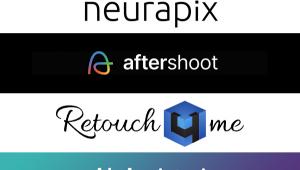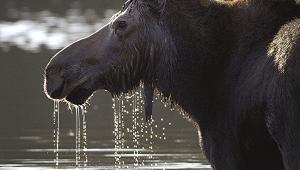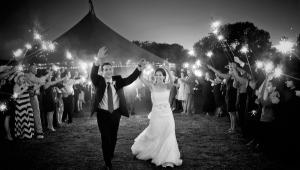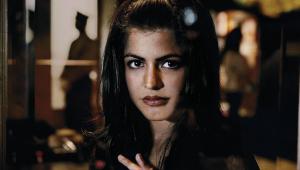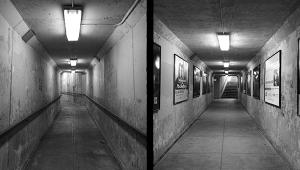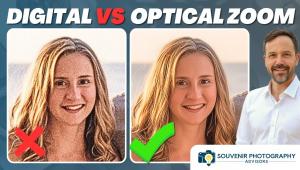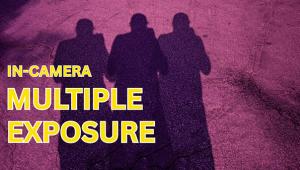Razor Sharp
Pro Tips For Larger Images
One of the claims often heard
when talking about medium format cameras is, "With this camera
you can get practically 4x5 quality." How realistic is that claim
anyway? Let's face it, a 4x5 sheet of film has over three times
the total real estate of a 6x7cm frame. In addition, view cameras have
swings and tilts that can bring more of the image into focus than the
traditional, fixed plane, rollfilm camera. Medium format cameras, of
course, have tremendous operating advantages over view cameras, especially
portability, through lens viewing, vastly reduced film costs, and easy
focusing. The problem has always been the quality compromise. |
|||
I first became aware of the
really important advances in camera manufacturing when I bought one of
those neat Fuji rangefinder cameras. My GSW-690 is a pretty fast handling
camera that I thought would come in handy for location grab shots. On
one particular assignment I shot Tom Hamilton, the bass player from the
rock group Aerosmith, on location. I fired off about seven or eight rolls
of Velvia in my battle-hardened Hasselblad with chrome 50mm lens. Just
for fun I shot one roll with the Fuji, really just to see what the film
would look like. |






